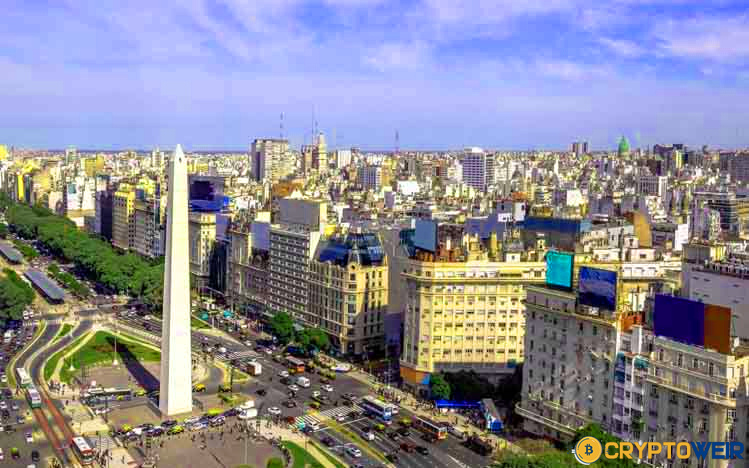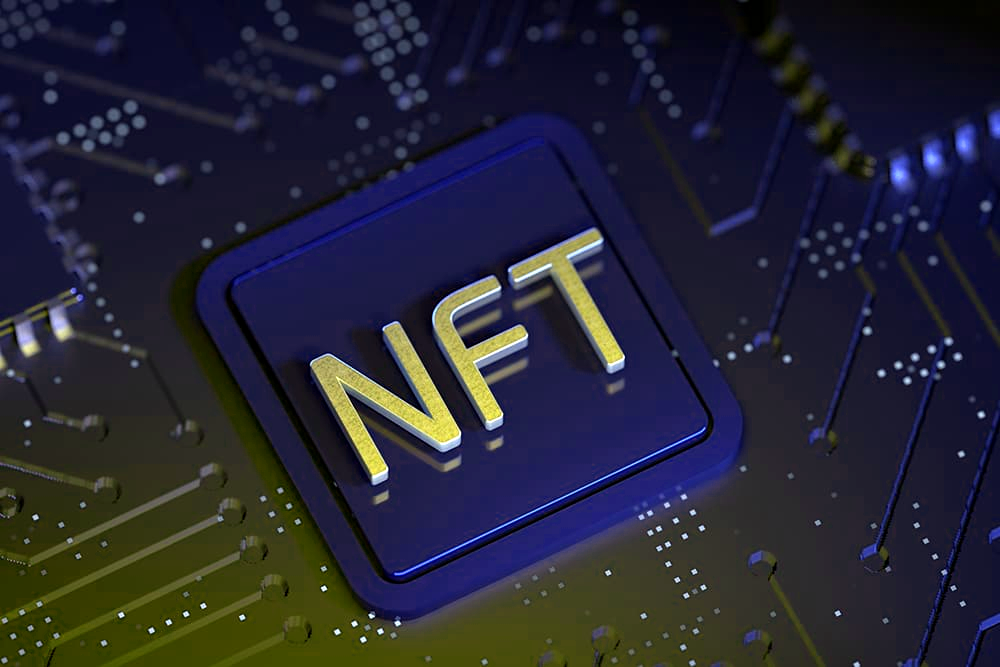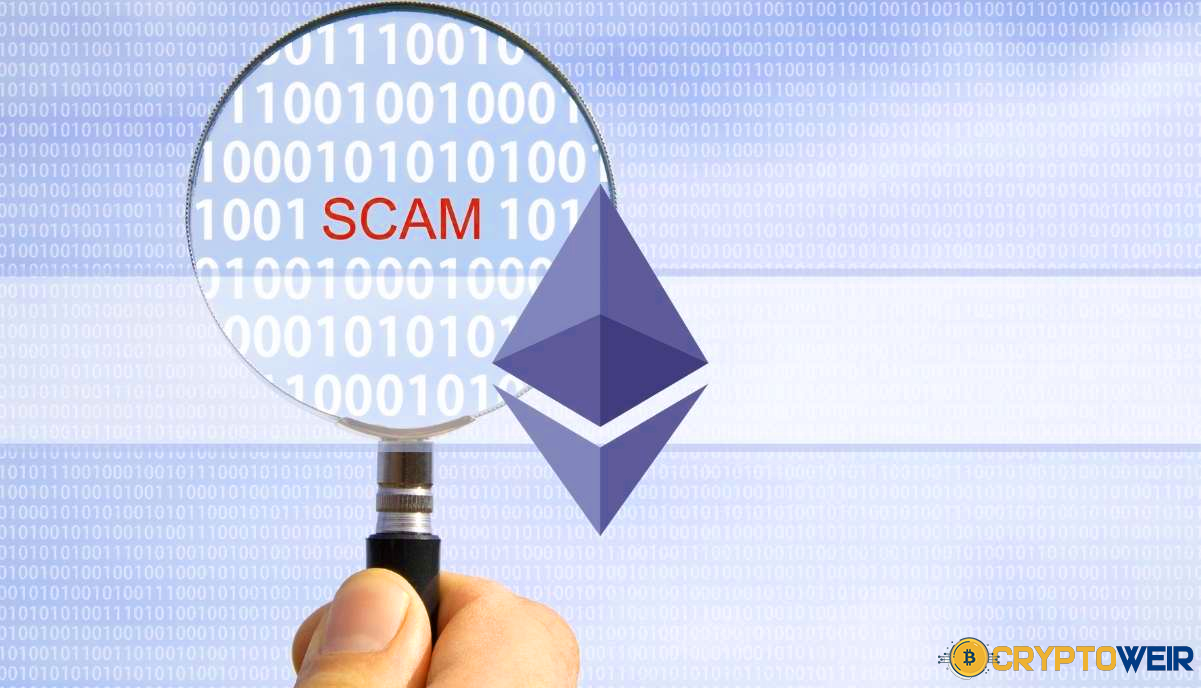Crypto and Fashion: Opportunities for Digital Assets in Luxury Retail In 2023

Crypto and Fashion: Opportunities for Digital Assets in Luxury Retail In 2023? The fashion industry has always been synonymous with innovation and creativity. In recent years, the rise of cryptocurrency and blockchain technology has opened up a new realm of possibilities for fashion brands. The convergence of crypto and fashion presents exciting opportunities for digital assets in luxury retail.
Introduction
The intersection of crypto and fashion has given birth to a fascinating landscape of possibilities. As consumers increasingly embrace digital experiences, luxury retailers are looking for innovative ways to engage their audience. Digital assets, such as non-fungible tokens (NFTs), are emerging as a powerful tool for fashion brands to differentiate themselves and tap into the growing demand for unique and personalized offerings.
Understanding Digital Assets

Digital assets encompass a wide range of virtual items that hold value, ranging from digital art to virtual real estate. In the context of fashion, digital assets can represent various elements, including limited edition collections, virtual fashion items, and even ownership rights to physical garments. These assets are stored on blockchain networks, ensuring transparency, security, and provable ownership.
Benefits of Digital Assets in Luxury Retail
One of the key advantages of digital assets in luxury retail is the increased transparency and authenticity they offer. With blockchain technology, consumers can trace the origins and journey of a fashion item, verifying its authenticity and ethical production practices. This heightened transparency builds trust between brands and customers, enhancing the overall shopping experience.
Moreover, digital assets enable fashion brands to create immersive and personalized experiences for their customers. Imagine owning a virtual version of a luxury bag that can be showcased in virtual reality environments or used in virtual fashion shows. Brands can leverage these assets to offer unique interactions, customization options, and virtual collaborations, enhancing customer engagement and loyalty.
Furthermore, digital assets provide an avenue for luxury brands to offer limited edition collections. By tokenizing physical fashion items as NFTs, brands can create scarcity and exclusivity, catering to the desires of collectors and fashion enthusiasts. This digital-first approach opens up new revenue streams and expands the market reach beyond traditional retail channels.
NFTs in Fashion
Non-fungible tokens (NFTs) have gained significant attention in the art world, and their impact on the fashion industry is no less compelling. NFTs represent one-of-a-kind digital assets, making them ideal for showcasing andproving ownership of unique fashion items. Fashion brands can create NFTs that represent exclusive designs, limited edition collaborations, or virtual fashion experiences. These NFTs can be bought, sold, and traded on various platforms, allowing collectors and fashion enthusiasts to engage with the brand in new and exciting ways.
Read More: What is Blockchain?
Tokenization of Fashion Assets
Tokenization refers to the process of converting physical assets into digital tokens. In the context of fashion, tokenization allows brands to represent physical garments or accessories as digital assets on the blockchain. This opens up possibilities for fractional ownership, where multiple investors can own a portion of a high-end fashion item. Tokenization also facilitates secondary markets, enabling the buying and selling of fashion assets in a secure and transparent manner.
While tokenization brings several benefits, challenges exist as well. Ensuring the authenticity and provenance of physical items is crucial in the tokenization process. Additionally, establishing a fair and efficient marketplace for tokenized fashion assets requires careful consideration of regulatory frameworks and technical infrastructure.
Blockchain in Supply Chain Management

Blockchain technology has the potential to revolutionize supply chain management in the fashion industry. By recording and verifying every step of the supply chain on a transparent and immutable ledger, blockchain ensures ethical and sustainable practices. Consumers can have a clear understanding of the materials used, the production processes involved, and the social and environmental impact of the fashion items they purchase. This level of transparency aligns with the growing demand for conscious consumerism and supports the rise of circular fashion.
Fashion Brands Embracing Crypto

Several luxury fashion brands have already embraced digital assets and crypto-related initiatives. For example, Gucci collaborated with digital fashion platform Roblox to create virtual Gucci items that players could purchase for their avatars. Louis Vuitton launched a collection of NFTs inspired by their iconic designs. These collaborations not only bridge the gap between fashion and gaming but also attract a new generation of consumers who value digital experiences.
Fashion and crypto influencers are also playing a crucial role in promoting the adoption of digital assets in the industry. Influencers such as Luka Sabbat and Chiara Ferragni have embraced crypto culture and have been involved in various crypto-related projects and campaigns. Their influence and engagement with their audience create awareness and generate interest in the intersection of crypto and fashion.
Challenges and Considerations
While the potential benefits of digital assets in luxury retail are immense, several challenges and considerations need to be addressed. Regulatory and legal frameworks surrounding digital assets are still evolving, and brands must navigate these complexities to ensure compliance and protect their customers’ interests. Technical hurdles, such as scalability and energy consumption, also pose challenges that need to be overcome for widespread adoption.
The Future of Crypto and Fashion

Looking ahead, the crypto and fashion landscape is poised for further growth and evolution. As technology advances and consumer behaviors continue to shift, new trends and innovations will emerge. Virtual fashion shows, augmented reality try-on experiences, and social commerce powered by digital assets are just a few examples of the exciting possibilities that lie ahead. The fusion of crypto and fashion will continue to reshape the industry, offering endless opportunities for luxury retailers and fashion enthusiasts alike.
Conclusion
The convergence of crypto and fashion presents significant opportunities for digital assets in luxury retail. From NFTs to tokenized fashion assets, the industry is witnessing a transformative shift towards embracing the potential of blockchain technology. As fashion brands experiment with digital experiences and explore new ways to engage their audience, consumers can expect a more transparent, personalized, and immersive shopping journey.





